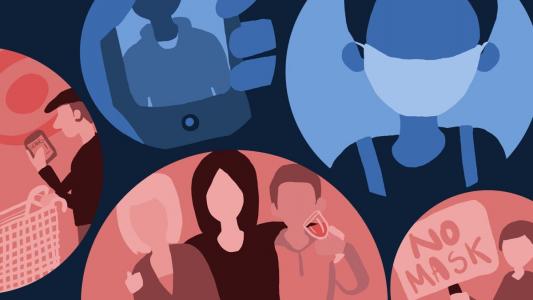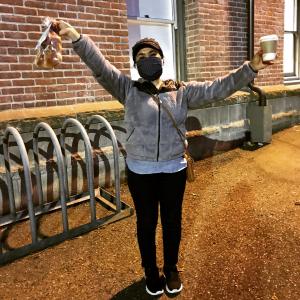COVID-19: Facts and Resources
Enrollment for UW students, faculty and staff is open for the Husky Coronavirus Testing.
See UW Medicine's COVID-19 Vaccines guide.
We remain committed to providing a high-quality Husky Experience for every student, supporting the University of Washington’s vital research and service missions, and continuing to provide the outstanding medical care that keeps our community healthy.



